In simple terms, the Base Reality of a scene is the Who, the What, and the Where. Think of a metaphor of the scene being a house. The base reality is the foundation. Not only does base reality help add context to those who are watching, but it establishes an agreed-upon context where the scene can build upon in order to find the funny. Not everything can be off the wall, that’s just nuts. There needs to be a foundation from which the first unusual thing can be found.
Bandit’s Kitchen Rules
The fundamental rule of improv is Yes, And… but there are few more helpful rules that help create the best, most funny and interesting scenes possible. When you’re out on stage cookin’, these 8 helpful kitchen rules will keep your scenes rolling, your team jiving, and the audience LOL-ing. These rules are pretty standard across theaters and are there to help you! Do yourself a favor and MEMORIZE THESE!
Who—or What's—a Harold?
An improv format named after an inside joke might be the most impov-y thing ever. This longform improv structure was first performed and named in 1967 by San Francisco-based improv group, The Committee. (It’s comforting to know that improv team names have always been weird.) The team named the format “Harold” after a line in A Hard Day's Night where George Harrison refers to the name of his haircut as an “Arthur”. That’s some deep layers of comedy right there.



